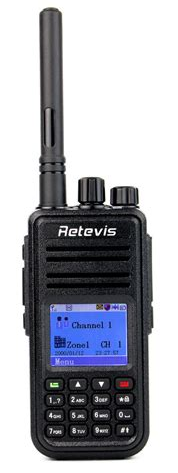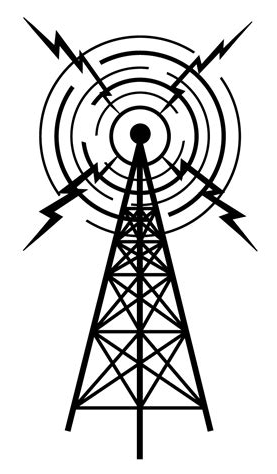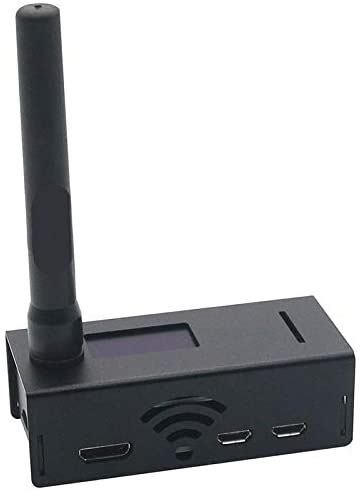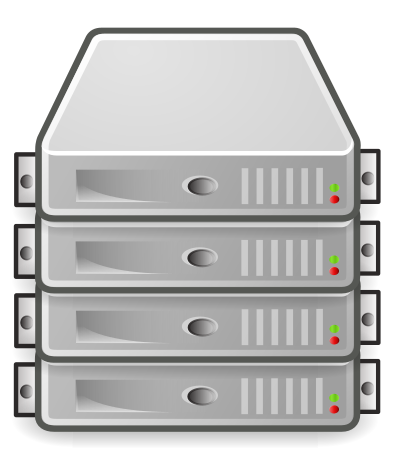FreeDMR Explained
Contents:
- The FreeDMR Network
- How to Find your way around the FreeDMR Network
- Social Media
- FreeDMR News from the WIA
- Australian Servers
- The meaning of the Option String
[Top][Home]
The FreeDMR Network
The FreeDMR Network consists of three major components:
- A DMR capable Radio communicates with
- A Repeater or a Hotspot communicates with
- A Network Server that manages all the repeaters and connects their Audio according to Talk Groups.




The FreeDMR Network is a group of independent servers running the FreeDMR Server Software.
The FreeDMR Servers are connected via OpenBridge (OPB) in a Mesh topology to one
another to redundantly and diversely share all available TalkGroups among all Servers.
FreeDMR does NOT utilize a Master/Slave topology. All FreeDMR servers are seen
as equal peers to each other just as all the individuals who run the servers are. No single
person controls when where, what how or who can use FreeDMR. Free means free as in speech.
If you are having difficulty with one server, you can move your repeater (if you are a Administrator)
or hotspot to another server. The is no such freedom with Master/Slave type networks that are
controlled by one central server and it's Administrator(s) has all the control.
Here is a current listing of all Servers: http://freedmr.uk/server_test.php
[Top][FreeDMR]
How to Find your way around the FreeDMR Network
Here is a listing of all the FreeDMR Servers: http://freedmr.uk/server_test.php
The servers connect all the repeaters and hotspots that have connected to them to each other. On a hotspot you select a Server by selecting it in your
configuration usually in the DMR Master dropdown box in Pi-Star. On a repeater the server is selected by the administrator.
Who gets relayed to who is determined by selecting a Talk Group (TG) and one of the two Time Slots (TS) available. TG on TS can be
re-directed to othet TG's and TS by Re-Write rules configured into the repeater or Hotspot. To further complicate this Gateways
allow for different TG to connect to other modes, For example Yaesu System Fusion, P25, D-Star, NXDN, M17, and even FM. Because
audio can be encoded by different methods, Gateway connection often involve transcoding.
We also have to understand Static compared with User Activated modes. Hotspots and repeaters can
be configured with selected TG to be static. In this case they listen to all traffic all the time and are available to
transmit on all the time. You will aslo be able to transmitt straight off. User Activated in the other hand, require
you, as the name suggests, activate the Talk Group. That is bring it online, by transmitting to the TG for a few seconds and then
stopping for a second before again transmitting with your message. The process is often refered to by the onomatopoeia, "kerchunking.
User activation provides for improved network efficiency when a network is busy.
There is much more to understand about Digital Voice communications. For example, we have not discussed the various timers involved,
group TG and private TG, and Receive Groups, Monitor Mode which is sometimes called Promiscuous Mode.
[Top][FreeDMR]
Social Media
[Top][FreeDMR]
FreeDMR News from the WIA
Extract from NEWS FROM THE WIRELESS INSTITUTE OF AUSTRALIA April 2022
VK2WAY Jared Quinn.
"Digital voice fans - The FreeDMR network is back in VK-land with a
new master server, hosted in a Sydney cloud data centre and managed
by VK2WAY.
FreeDMR is a global DMR Network for Amateur radio users around the worldHeading<
and since its inception in November 2020 has grown to over 60 networked
OpenBridge servers, over 700 talk groups and over 5000 regular users.
FreeDMR promises freedom for Repeater, Gateway Keepers and even some
Hotspots to have full control, instead of being told what has to go where
and when or what links to what.
FreeDMR offers features over other DMR networks includinp>g:
- Client configurations sent via Protocol Options line.
- Dial-a-TG - All talk groups shifted via Private Call on Slot 2.
- Automated repeater voice idents.
- Multi-mode reflectors and bridges including YSF, D-Star, All-star, EchoLink & Peanut
Hotspots are welcome to connect anytime by finding FreeDMR Australia in
the Pi-Star DMR Network list or following the instructions on the FreeDMR
website. Repeater and OpenBridge connection enquiries are welcome and can
be made directly to VK2WAY or via the FreeDMR Australia Facebook page or
Contact FreeDMR link on the FreeDMR UK website -
http://freedmr.uk
VK2WAY Sydney, Australia (Grid: QF56oc)
e: cq@vk2way.id.au w: https://vk2way.id.au
m: +61 434 624465 ph.: +61 2 8000 8822 hamshack: 33 000 000 30
[Top][FreeDMR]
Australian Servers
[Top][FreeDMR]
The meaning of the Option String
For Example:
- TS1=list of TG to make static in time slot 1
- Dial-0|1 - Permit Dial-a-TG on tome slot 2
- VOICE=0|1 - announced every 15 minutes, It voice announces "This is <YOUR CALL-SIGN>:, FreeDMR"
- LANG=language designator
- SINGLE=0|1 - Only allows a single Talk Group to be routed to a Time Slot on a repeater/hotspot at one time,
whilst the Time Slot is active.
- TIMER= - Talk Group time out in minutes
[Top][FreeDMR]
Glenn Lyons VK4PK
glenn@LyonsComputer.com.au
Ver:gnl2020119 - pre published v1.0



